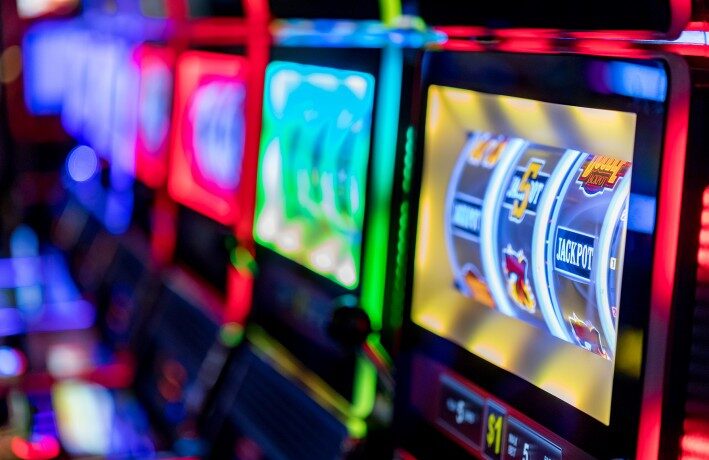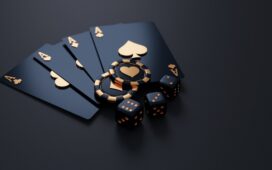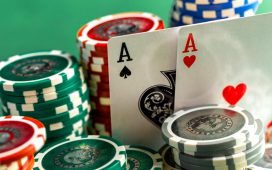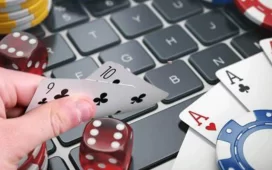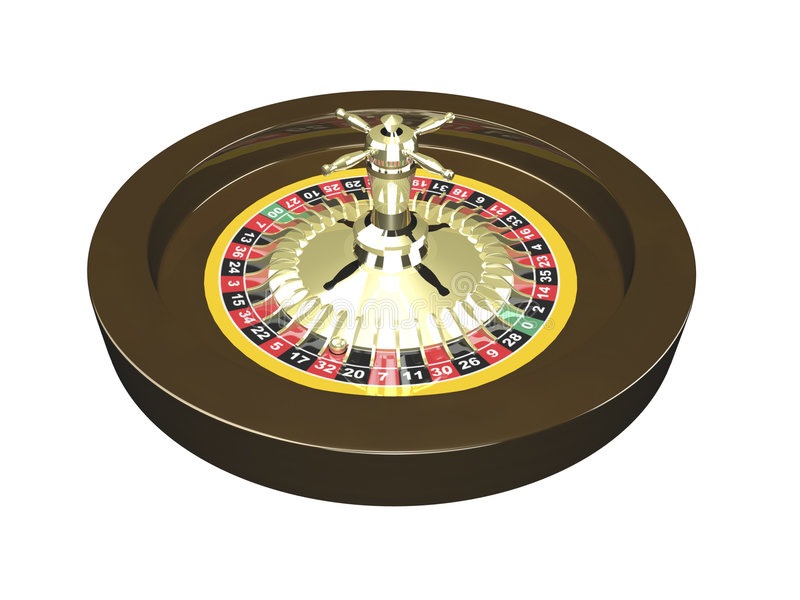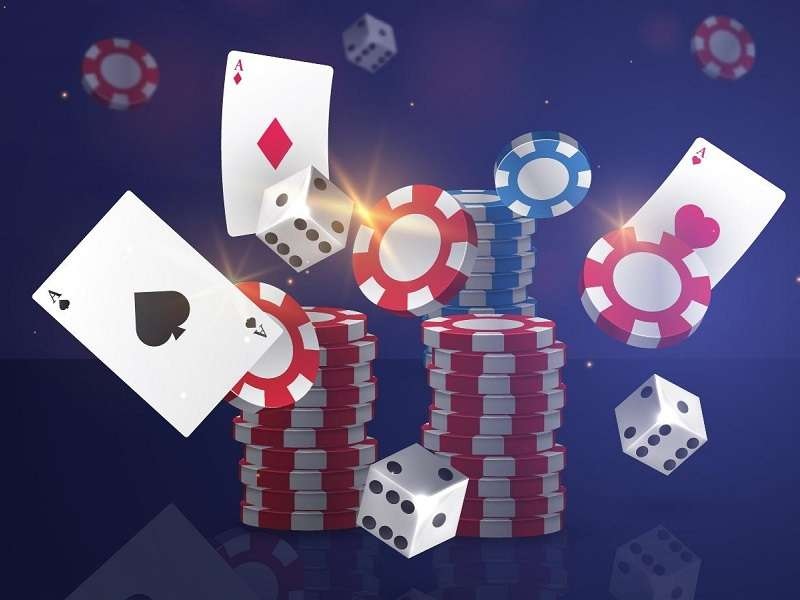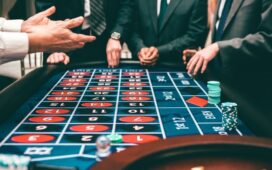For decades, slot games have been a mainstay of casinos as their vivid lighting, interesting sounds, and promises of life-changing jackpots enthral players. Beyond these physical pleasures is a psychological mechanism that has greatly added to their appeal: the “near-miss” effect. The player experience is greatly affected by this phenomena whereby players approach a win tantalizingly near yet finally fall short, which motivates them to return. But why is the impact so strong? Let’s explore the causes of the near-miss effect’s appeal in slot machines.
Understanding the Near-Miss Effect
When a player’s spin produces a combination that is near to a winning one but does not quite fit the payment criteria, the near-miss effect results. Imagine, for instance, running a madrid slot machine and landing two jackpot symbols on the first two reels while the third reel just barely falls short. Although formally a loss, this result usually feels more exciting and interesting than a total miss. The near-miss effect uses the reward system of the brain to produce a nearly equally exciting sensation as a win.
The Psychological Appeal
The power of the near-miss effect to inspire almost-achievement is one of the main factors behind gamers’ appreciation of it. Since humans are naturally goal-oriented animals, the near-miss effect helps to explain why players feel as though they might succeed just about here. This emotion can intensify the need to attempt again, therefore supporting the conviction that a victory is only around the horizon.
The Role of Design in Amplifying the Near-Miss Effect
Designers of slot machines are well aware of the near-miss effect’s impact and frequently include it purposefully into their games. Modern slot machines promote player involvement by means of sophisticated algorithms developed in response to Careful design of near-miss circumstances allows developers to extend playing sessions and raise the general game profitability.
The Near-Miss Effect and Player Retention
From a commercial standpoint, the near-miss effect is a great instrument for keeping customers. Long-term success depends on keeping players interested, something casinos and game designers know. Even without regular wins, they may design a madridslot gaming experience that seems active and satisfying by using the psychological impact of near-misses.
Why Players Keep Coming Back
For many players, the near-miss effect despite the possible hazards remains a treasured component of slot games. Few other games can perfectly capture the thrill, expectation, and emotional highs connected with near-misses. The near-miss impact gives casual gamers even more entertainment value and gives every spin an exciting trip toward a possible jackpot. For those who play sensibly, the near-miss effect can improve the general enjoyment of slot games without causing unfavourable results. It’s evidence of the force of human psychology as well as the deft use of design techniques by game creators.
Conclusion
A remarkable feature of slot machines that blends psychology, neuroscience, and game design to produce an interesting and addictive experience is their near-miss effect. Modern slot gambling now revolves mostly on using players’ innate inclinations and tastes. Although the ethical consequences of this phenomenon should be acknowledged, it is indisputable that it shapes the attraction of slot games. Better or worse, the near-miss effect will probably enthrals gamers and shapes the direction of gaming for years to come.

